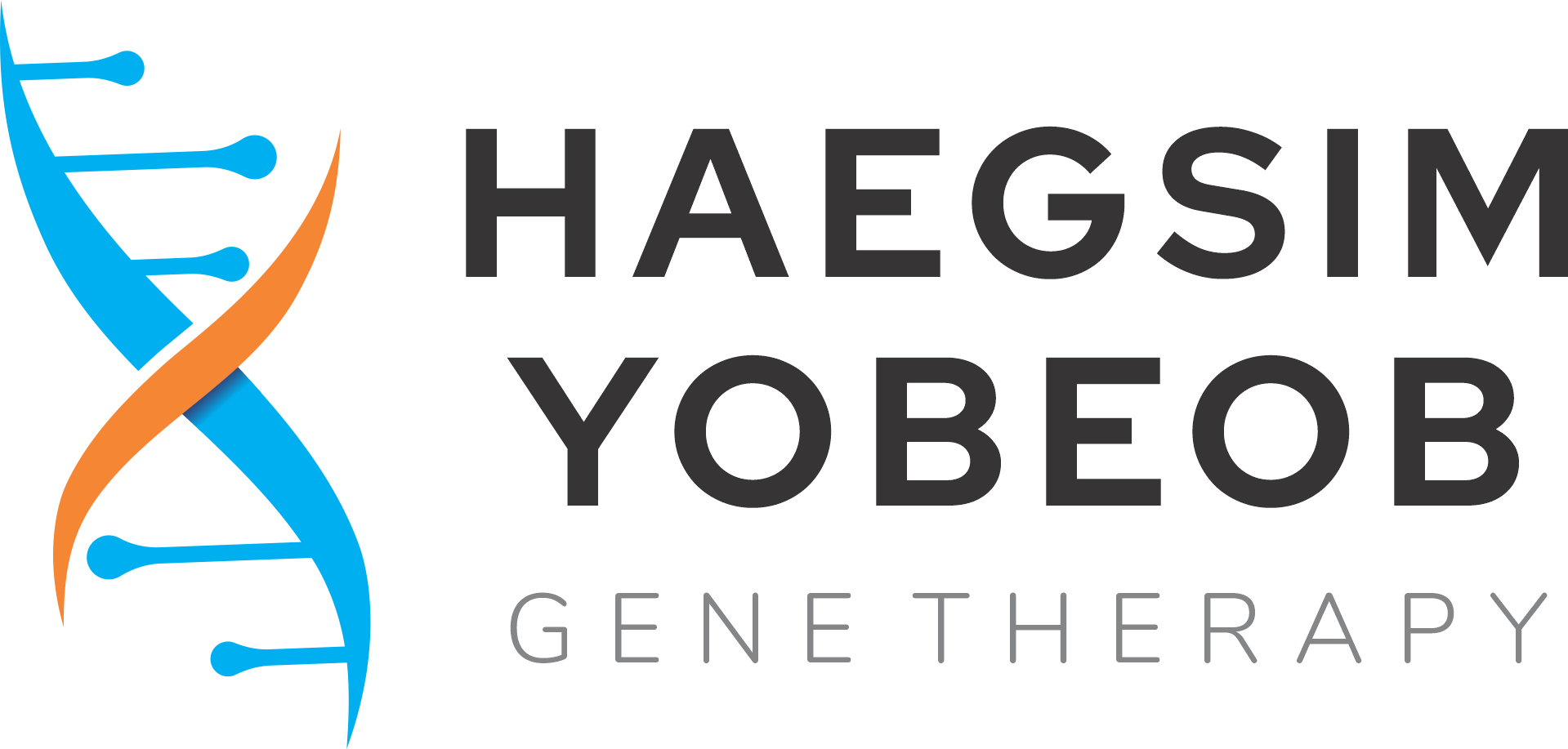Gene Therapy in Diabetic Neuropathy
Gene therapy shows promise in treating diabetic polyneuropathy, a disorder that commonly affects diabetics who've had the disease for many years, a new study finds. Researchers in Boston found that intramuscular injections of vascular endothelial growth factor (VEGF) gene may help patients with diabetic polyneuropathy. The study included 39 patients who received three sets of injections of VEGF gene in one leg and 11 patients who received a placebo. Loss of sensation and pain in the legs and feet, weakness, and balance problems are among the symptoms associated with diabetic neuropathy. The loss of sensation means that ulcerations on the feet may go undetected, which can lead to amputation. Targeting Gene Delivery An important considering in gene therapy is ensuring that the pharmacophore is delivered to an area that maximize its therapeutic benefit. This can be especially complex in the living organism due to shared receptors between tissues, circulatory anomalies (such as the bloodbrain barrier) and ability of serum proteins to destabilize synthetic vector complexes. In some cases, direct application of the vector to the dysfunctional tissue may be required to maximize effect. In the case of a cationic liposome complexed to plasmid DNA encoding chloramphenicol acetyltransferase, direct injection into murine hepatic tumors resulted in higher levels of gene expression than were achieved with systemic or portal vein inoculation.
Lipoplexes complexed to the bcl-2 gene have demonstrated reduced neural apoptosis after transient cerebral ischemia in an animal model, circumventing the bloodbrain barrier by utilizing direct intra-thecal injection. Furthermore, the cystic fibrosis transmembrane regulator gene has been successfully packaged with both cationic liposomes and polymers and safely delivered intranasally to cystic fibrosis directly targeting airway mucosa. Other targeting techniques include altering the charge of the synthetic vector-DNA plasmid particle: cationic liposomes have been shown to preferentially distribute to the lung after systemic administration, an effect which is lost which decreasing positivity.
Size also plays a role as large molecules may be unable to extravasate from the circulation to reach target cells within organ parenchyma. Additionally, constitutive expression of specific ligands on targets cells can be manipulated to design advantage, for example the use of dextranspermine polycation complexing with DNA to target the liver by preferential binding to galactose receptors on hepatic parenchyma.
As gene therapy is uprising in the field of medicine, scientists believe that this will be the ultimate solution for every genetic disease. Genes may ultimately be used as medicine and given as simple intravenous injection of gene transfer vehicle that will seek our target cells for stable, site-specific chromosomal integration and subsequent gene expression. And now that a draft of the human genome map is complete, research is focusing on the function of each gene and the role of the faulty gene play in disease.
While clinical gene therapy celebrates its first successes, with several products already approved for clinical use and several hundred in the final stages of the clinical approval pipeline, there is not a single gene therapy approach that has worked for the heart. Here, we review the past experience gained in the several cardiac gene therapy clinical trials that had the goal of inducing therapeutic angiogenesis in the ischemic heart and in the attempts at modulating cardiac function in heart failure. Critical assessment of the results so far achieved indicates that the efficiency of cardiac gene delivery remains a major hurdle preventing success but also that improvements need to be sought in establishing more reliable large animal models, choosing more effective therapeutic genes, better designing clinical trials, and more deeply understanding cardiac biology. We also emphasize a few areas of cardiac gene therapy development that hold great promise for the future. In particular, the transition from gene addition studies using protein-coding cDNAs to the modulation of gene expression using small RNA therapeutics and the improvement of precise gene editing now pave the way to applications such as cardiac regeneration after myocardial infarction and gene correction for inherited cardiomyopathies that were unapproachable until a decade ago.



